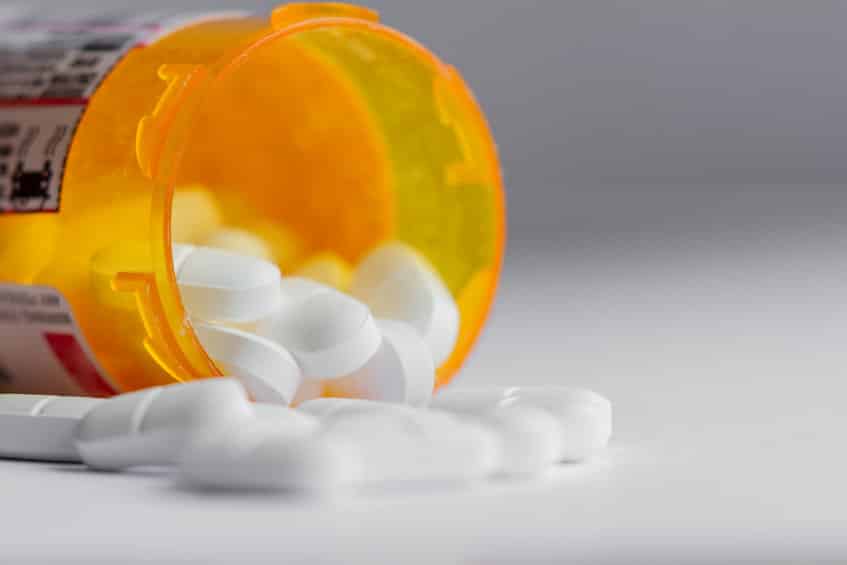By John Salak –
Wastewater apparently has the ability to speak and its recitation is not painting a pretty picture when it comes to the use of dangerous synthetic drugs in many of the world’s major cities.
Despite the well-publicized risks, which include death and hospitalizations linked to many new psychoactive substances (NPS), a deep analysis of wastewater around New Year 2020 shows the continued prevalence of these ‘party pills’.
The research specifically analyzed wastewater from 14 sites in eight countries—including Australia, New Zealand, China, The Netherlands, Spain, Italy, Norway and the United States—and found relatively widespread use of 16 synthetic drugs.
“Of the eight countries studied, only Norway showed no traces of NPS,” noted Dr. Richard Bade, an analytical chemist. “New psychoactive substances are a range of drugs that have been designed to mimic established illicit drugs, such as cannabis, cocaine, MDMA and LSD,” the study reported.
The Netherlands, in fact, recorded the highest usage, followed by Australia, New Zealand and the United States.
Not all six drugs were found in every country, but the list nonetheless includes
n-ethylpentylone, which is known to cause fatalities; mephedrone, a powerful drug similar to cocaine and eutylone, which is reportedly linked to intense and dangerous side effects.
Acetyl fentanyl, a synthetic opioid that has reportedly caused high fatalities, was only seen in U.S. wastewater samples.
The findings are particularly troubling given the dangerous impact of these drugs and the ongoing battle in many countries to limit their use.
“What makes the NPS so dangerous is that they were originally sold as legal alternatives to conventional illicit drugs such as ecstasy and cannabis, suggesting they were safe when, in fact, there was very little information about their toxicity,” Dr Bade says.
“Governments soon intervened after hospitalizations and fatalities were linked to these class of drugs with some countries enforcing blanket bans. However, despite these bans, NPS are still synthesized, transported and consumed across the world, often with fatal consequences.”
In May President Biden, for example, extended the U.S. ban on addictive fentanyl-like substances into October.
The move came shortly after The Centers for Disease Control and Prevention reported that synthetic opioids are the main source of overdose deaths in the U.S.
The CDC reported that drug deaths were up significantly in the 12 months to September 2020 to about 90,000 from the same year-earlier period when almost 69,000 lost their lives to drugs.
While increased regulation in the U.S. and elsewhere may help check the spread of these synthetic drugs, illegal drugs makers can get around these restrictions easily by adjusting any drug’s molecular structure, effectively skirting regulatory hurdles.
“Because illegal fentanyl is made in labs—usually black market labs in China—there are almost infinite ways to tinker with its molecules, creating new drugs and staying one step ahead of the feds,” The Wall Street Journal recently reported.
The battle against these drugs also has nuanced considerations. Admittedly, while support for restricting the use of these drugs remains strong in the U.S. and elsewhere, there are concerns that blanket regulations may lead to users and low-level drug dealers receiving the bulk of the legal ramifications, while major distributors and manufacturers are untouched.
The Journal cites other concerns that complete restrictions may hamper the ability to develop related substances that could help battle addictions.













